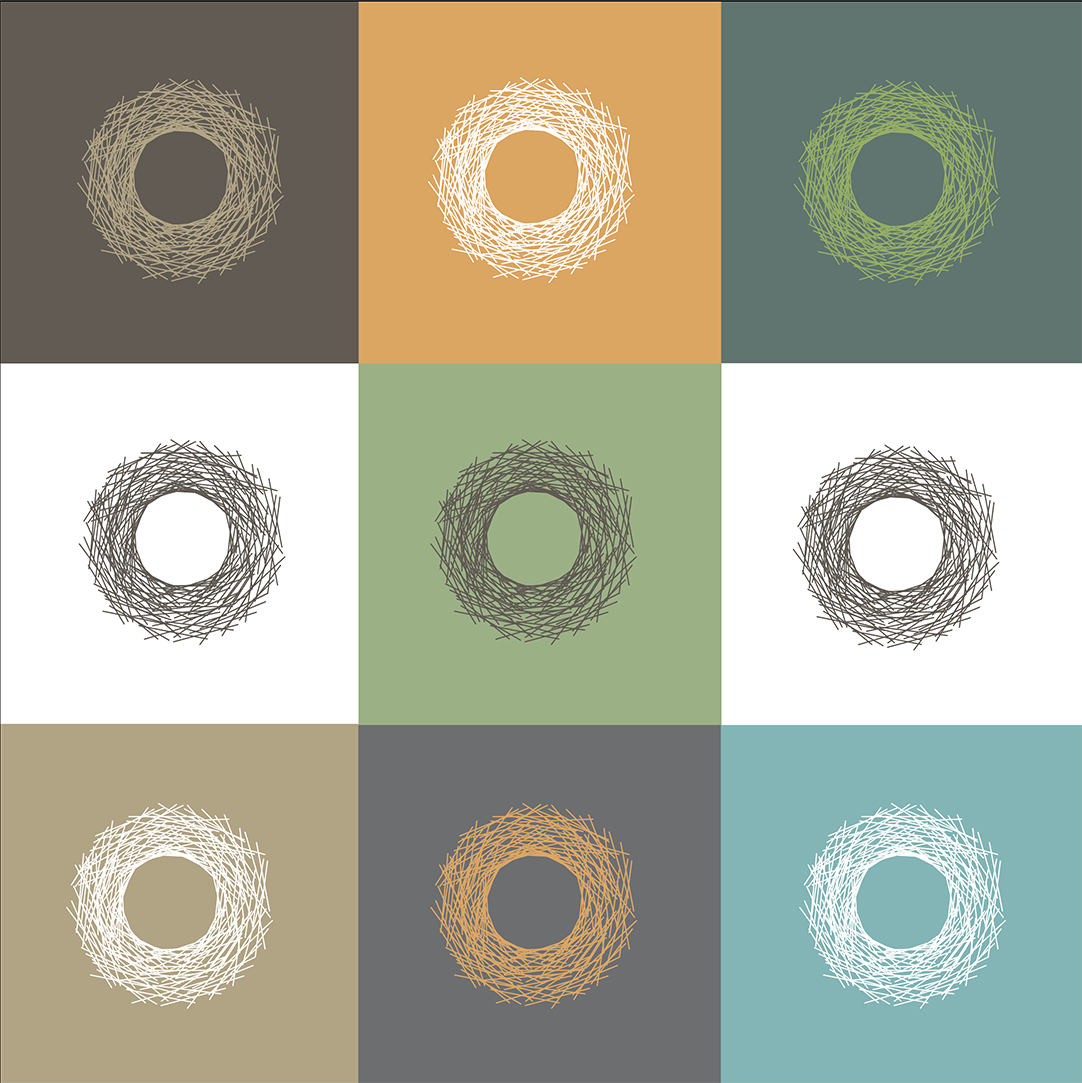The Specter of Wildfires Looms Large
(Originally published as the preface to Firebreak, Urban Land Institute Fall 2020. Sadly, the continuing drought in the West has made the 2021 wildfire season even worse.)
Wildfires have always been a part of the U.S. landscape, particularly in the drier West. But this year stands out because massive, destructive wildfires—fueled in part by extreme weather and changing climate conditions—have broken records across the region and raised important questions regarding how the real estate industry can help communities thrive despite repeated fires.
The toll on human lives, the landscape, and economies is personal. The specter of wildfires looms large here in Montana, where I live. We’re always on edge as we move toward the start of wildfire season.
When the wildfire smoke blew in this fall, we shut the windows and doors in our non-air-conditioned home and turned on three HEPA filters that ran 24/7. Our air quality index registered at an unhealthy 169. My sister in California readied horse trailers to help whomever needed help evacuating. My 80-year-old parents in Oregon identified an evacuation footpath in the event their one road out is blocked by fire. And, one of the places we spent summers on the McKenzie River near Vida, Oregon, is completely gone, burned by the Holiday Farm fire.
Wildfires became a national concern this season, with smoke reaching friends and colleagues all the way in Virginia. We also saw the compounding effects of wildfires with other conditions, especially the coronavirus pandemic. First responders and evacuees risked contracting the virus as they worked and sheltered in close proximity. Temporary housing for those who needed it was difficult to find amid social distancing recom- mendations, simultaneous multiple large evacuations, and the country’s ongoing housing affordability crisis and housing shortage. In addition, the communities affected by wildfires must recover during a significant economic depression.
And what of economies and real estate? Wildfires cause massive destruction and affect our ability to insure assets, endangering the real estate industry’s ability to secure financing. In the long run, the interruption risk has major impacts on residents and tenants and their willingness to be in wildfire-prone locations. This gets to the heart of the dilemma—whether we have fiscally stable, healthy, thriving, and sustainable communities because municipalities rely on tax revenues. And that leaves those of us living in fire-prone areas with one existential question: Where do we go from here?
In the short term, we hope for a break in the weather and relief for the millions who have been affected by the fires. We also need to make sure that wildland firefighters have the resources to do their jobs safely and effectively. Then, once the worst of the 2020 fire season is behind us, we must take a long, hard look at how we can make our communities safer from and more resilient to future wildfires.
This is where the best practices detailed in the Urban Land Institute Firebreak report and the expertise provided by ULI members are so crucial. Wildfire-resilient development and design choices made at the asset level protect structures and inhabitants, reduce fire spread through communities, and protect value for owners and investors. ULI members are uniquely situated to share lessons learned from their experience implementing wildfire resilience tactics and to build support for wider implementation.
In addition to preparing their own developments, ULI members can partner with their communities to make planning and development decisions—before the fires start—to give communities the best chance to thrive. These discussions may include advocating for best practices related to policy or for design addressing the community scale, but also they are likely to include difficult decisions related to how and where to build, and how to best support housing affordability and access in the face of wildfire vulnerability.
Wildfire resilience, accessibility, community design, and fiscal responsibility should function as windows through which we can see and make future planning, physical design, and ongoing operations decisions. Resilience requires a collaborative process, constantly refined and ever evolving. The time to act is now.

